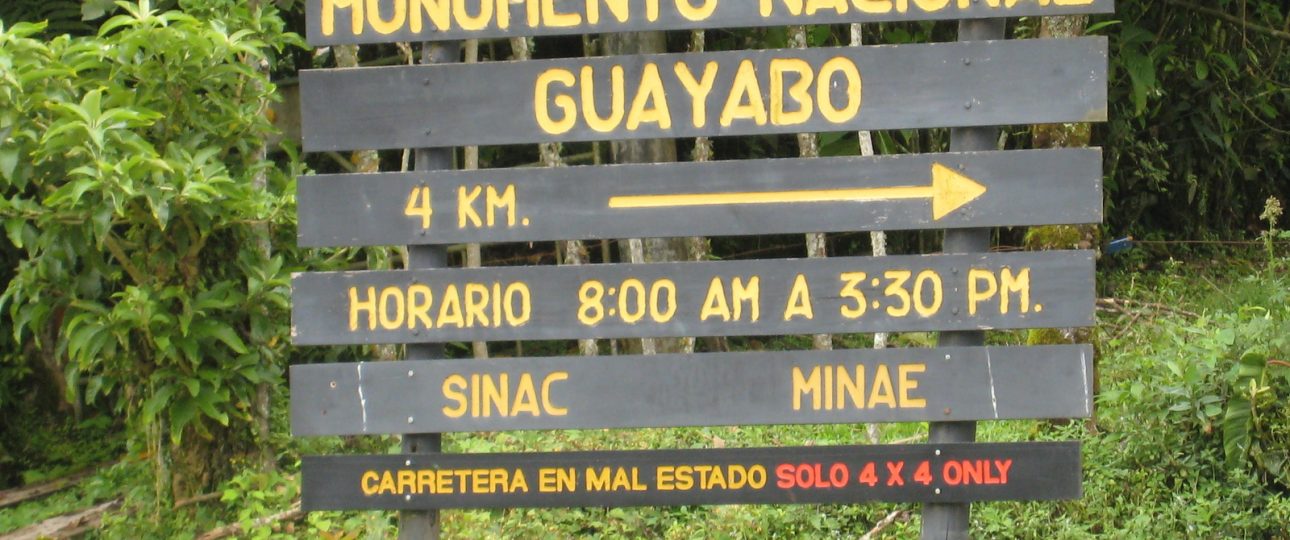Exploring Guayabo National Monument
Guayabo National Monument, located in Costa Rica, offers a fascinating glimpse into a pre-Columbian civilization that thrived from around 1000 BCE until its mysterious abandonment in 1400 CE. This archaeological site, nestled within the lush Central Volcanic Conservation Area, is a testament to the engineering prowess of its ancient inhabitants.
Unveiling the Ancient City
As you wander through Guayabo, you’ll encounter the remnants of a sophisticated society. The site includes 43 stone foundations, aqueducts, and roadways that once connected the settlement to surrounding areas. The largest mound, known as Mound 1, is particularly striking, serving as a focal point for the community. The intricate stone paths and petroglyphs depicting animals like jaguars and lizards add to the site’s allure, though their exact purpose remains a mystery.
The Enigma of Abandonment
Despite extensive research, the reasons behind Guayabo’s abandonment remain speculative. Theories suggest disease or conflict with rival civilizations, but no definitive evidence has been found. This mystery adds an intriguing layer to your visit, inviting you to ponder the lives of those who once thrived here.
Optimal Visiting Times
For the best experience, plan your visit during Costa Rica’s dry season, from December to April, when the weather is typically sunny and pleasant. If you prefer fewer crowds and don’t mind occasional rain, the wet season offers a vibrant, green landscape.
Traveling to Guayabo
Reaching Guayabo National Monument is straightforward. Fly into Juan Santamaria International Airport in San Jose, then drive or take a bus to the site. The journey takes about two hours, offering scenic views of Costa Rica’s countryside. Once there, exploring on foot is recommended, as the paths are well-maintained and clearly marked.
Guided Tours and Amenities
For a deeper understanding of the site’s history, consider hiring a local guide. They can provide insights into the significance of the structures and artifacts. The monument also offers picnic areas and restrooms, ensuring a comfortable visit.
Key Facts
- Guayabo was inhabited from around 1000 BCE to 1400 CE.
- The site includes 43 stone foundations, aqueducts, and roadways.
- Declared an “International Historic Civil Engineering Landmark” in 2009.
- Open to the public since 1973, with daily access available.
- Located within the Central Volcanic Conservation Area.
Guayabo National Monument is a captivating destination for those interested in history and archaeology. Its well-preserved structures and the mystery of its past make it a unique site worth exploring.




